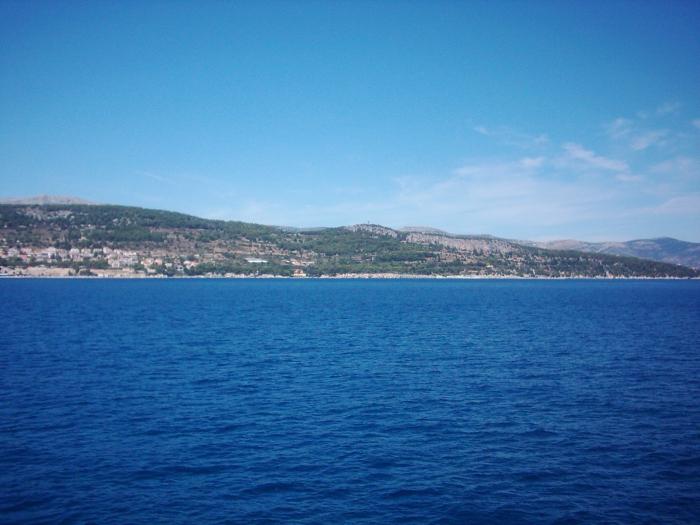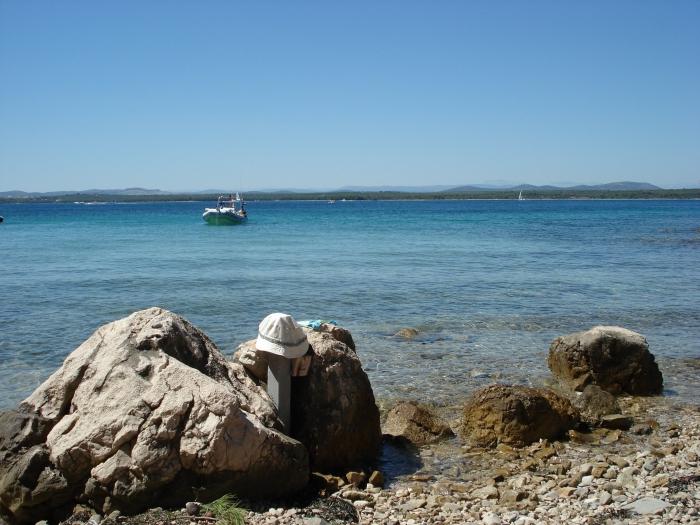The Mediterranean Sea is a huge and diverse space, washing with its waves the shores of two continents - Europe and Africa. It consists of many small seas with poetic names: Marmara, Ionian, Ligurian. The Adriatic Sea is also part of this large whole.

It is located in the middle between two peninsulas - the Balkan and Apennine - and it washes the shores of such countries as Albania, Montenegro, Bosnia and Herzegovina, Slovenia and Italy. But the sea - the Adriatic - got its name unusual for the ear thanks to the ancient Greeks. In the old days, on its banks, between the Po and Adige rivers, the port city of Adria was located. Now no one would have guessed that there was a port on this place - due to sand deposits over two thousand years the land moved deep inside the sea, and Adria is located as much as 25 kilometers from the sea coast. Initially, this name was used only for the northern part of the sea, which was located directly around the port, but gradually the name passed to the entire body of water.
The area occupied by the Adriatic Sea is no less than 144,000 square kilometers. It is associated with the Ionian Sea through the Otranto Strait. The depth of the seabed varies - it gradually decreases from 20 meters in the north of the reservoir to 1230 in the southeast. It is very convenient for navigation - due to the fact that the bottom depth near the coast is sufficient for passage of ships. In addition, in the Adriatic Sea there are several bays that are very convenient for raiding, such as the Venetian, Manfredonia, and the Gulf of Trieste. Dalmatian islands located in the middle of the Adriatic do not interfere with ships.

Due to the fact that the sea coast is mostly sandy and pebble, tourist and resort areas are developed on it. The temperature of the Adriatic Sea in its northern parts ranges from +7 degrees Celsius in the winter to +24 at the height of the summer season. In the southern parts, these fluctuations range from +13 degrees in winter to +26 in summer. Due to climatic conditions in the summer, the Adriatic actually becomes a paradise - here it is mostly dry and sunny. But in the winter, the rainy season begins, when the entire coast suffers from cloudy, humid weather.
The Adriatic Sea is rich in representatives of flora and fauna. There are more than 700 species of algae alone — red, brown, and green. The fauna is represented by a wide variety of gastropods, echinoderms, and bivalves — mussels, oysters, sea cucumbers, sea urchins, and stars. Also frequent guests in the networks of local sailors are moray eels, eels, mackerel, sardines, bonito. Of the predators, several species of sharks are found at a depth , such as black, blue, giant. And near the coast, dolphins and seals become frequent companions of swimmers.
Such is it, warm and deep, the Adriatic Sea. You can appreciate its charms by visiting the most famous resorts - Dubrovnik, Split, Budva Riviera, Rimini or Cattolica. The charm of this sea will be not only wonderful beaches, warm sea and wonderful Mediterranean climate, but also delicious dishes from its inhabitants, which are famous for the cuisines of those countries that are located on the shores of the Adriatic.